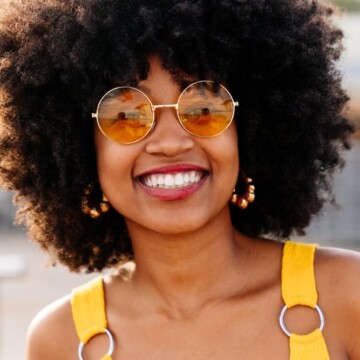
Shopping for a wig is a monumental endeavor because of the pure volume of choices you have regarding wig features. You get to choose the hair color, texture, length, and much more. But one of the wig attributes that gets people confused is density.
If you’re stuck choosing between 130% and 150% density, this article is for you. We’ll tell you all you need to know about each of the densities, what makes them different, and which you should choose based on the look you’re going for.
Table of Contents
What Is Wig Density?
A wig density has everything to do with how big, voluminous, and full a unit is. It all comes down to the number of hairs a particular wig has. High-density wigs have a lot of hair on them, and low-density wigs have little hair on them, by comparison.
To make it easy for people to choose how thick or voluminous they want their wig to be, manufacturers measure density in the form of a percentage.
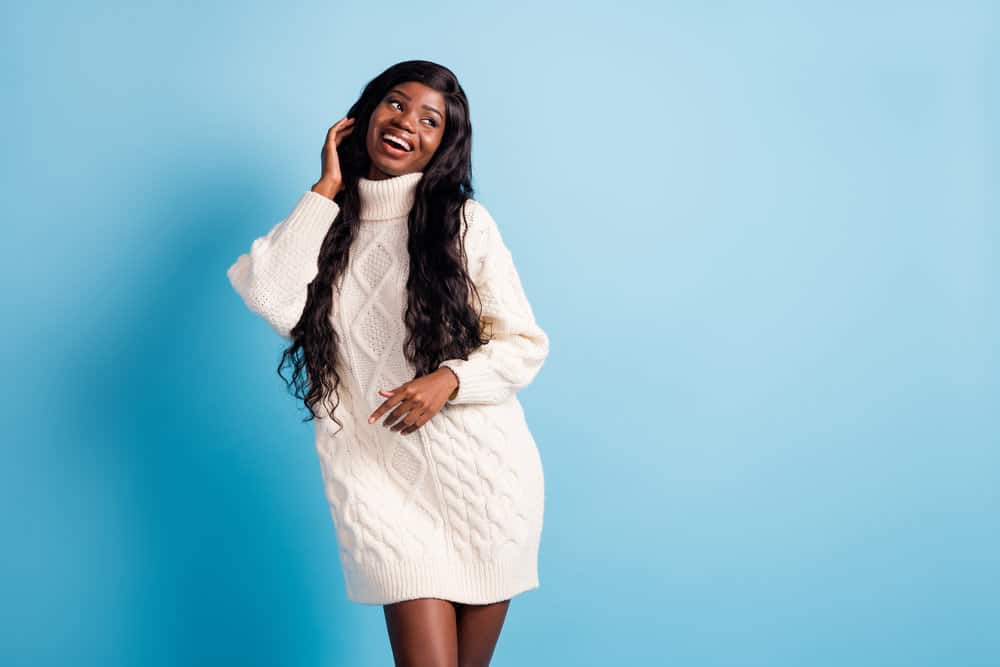
Here’s a list of the different wig densities you’ll see when you go wig shopping:
- 60 - 90% - Super low-density. The lowest you’ll find anywhere.
- 100 - 110% - Low-density. This density is often used by those who have thin natural hair and want a wig to match their own density.
- 120 - 130% - Natural, light density. Similar to the density of the average human head of hair.
- 150% - Slightly fuller than the average head of hair. It’s ideal for people who have naturally thick hair or like their wig looks to be on the fuller, more voluminous side.
- 180% - A step up in density from 150% density wigs, 180% wigs are noticeably thick. They are essentially the minimum density you need for bombshell curls, bold updos, or other ultra-glam styles.
- 200% - Wigs of this density are even thicker than 180%. Those who want to stun with long, larger-than-life styles can choose this density.
- 250% - 250% density wigs are the thickest you can get. They may look “wiggy” due to their unnatural thickness.
We’ll take a closer look at 130 and 150% density in the paragraphs below.
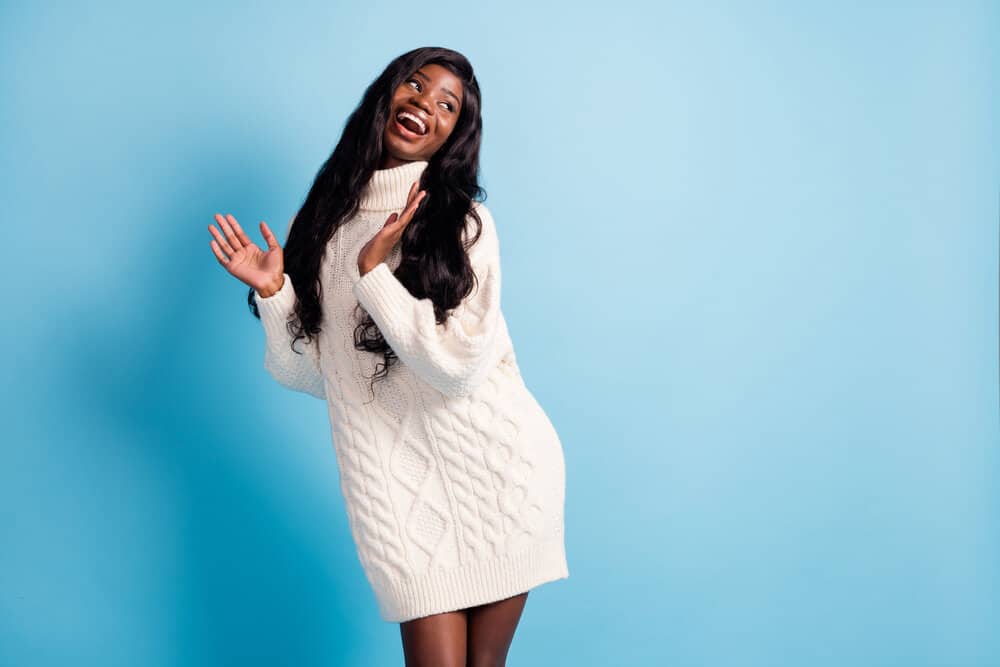
What Is a 130% Density Wig?
130% wig density is considered light or natural. It’s similar in density to a natural head of hair and will likely give you the most believable results. This wig density is best for those looking for a cute yet understated look that is perfect for running errands or going to brunch.
It’s not well suited for the most glamorous looks, as looks like these require much more density. You can easily find 130% density wigs at your local beauty supply store or online.
Since 130% wigs are the standard in wig thickness, you won’t have to look far to find one. If you’re new to wigs and don’t know what density you like yet, 130% density is a good place to start.
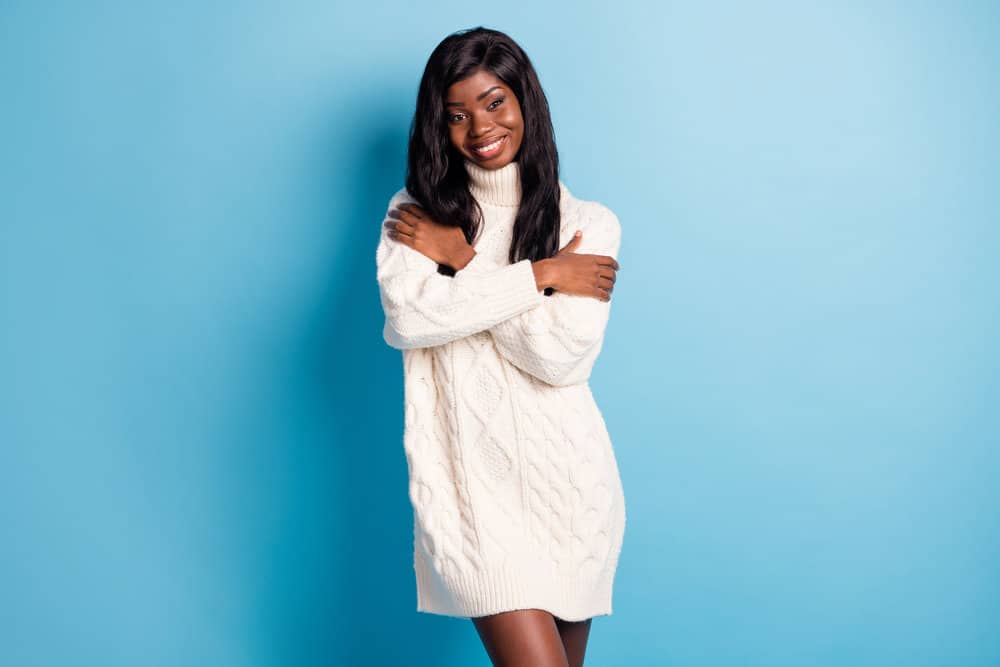
What Is a 150% Density Wig?
150% density wigs are a little fuller than 130% density wigs. This means they’ll be thicker than the average head of hair. Though these wigs are on the fuller side, they still look very natural with minimal styling.
Because of the added fullness, a 150% density wig will feel slightly heavier than a 130% density wig would. 150% density wigs are a little bit harder to find than 130% wigs. Less people opt for this wig thickness, so shops don’t stock this density to the degree they stock 130% wigs.
If you’re looking for this wig, you’ll likely have to shop around a bit or look online. Since there are a seemingly infinite number of online wig shops, you shouldn’t have any issues finding one in 150% density.
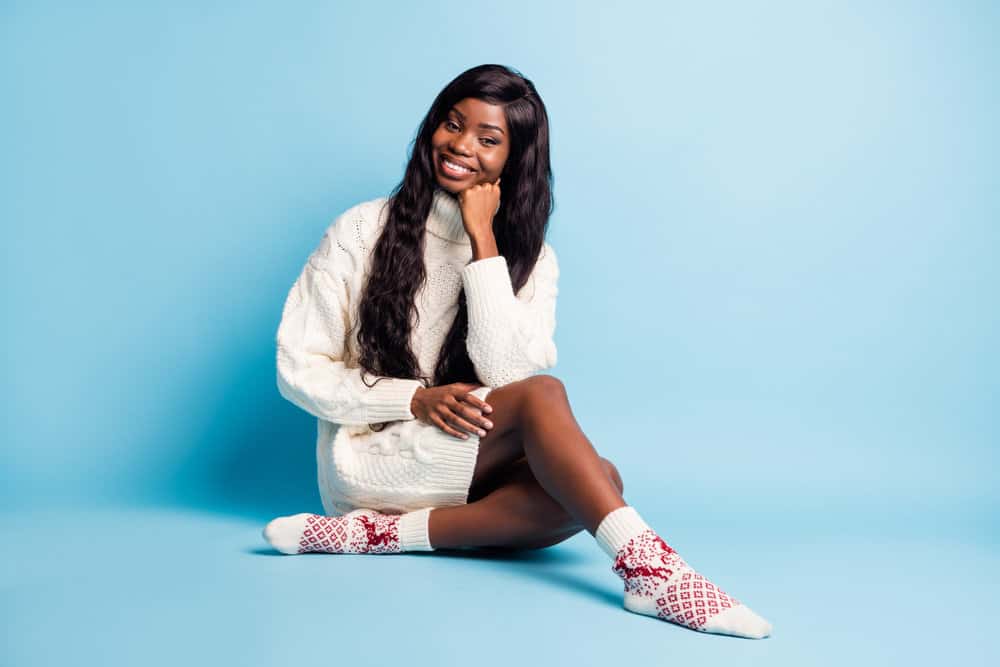
130% Density Wig vs. 150% Density Wig: What Are the Differences?
The only difference between 130% and 150% density wigs is their density. It doesn’t have to be complicated! 130% density wigs are less dense than 150% wigs and have less hair sewn or otherwise adhered to the wig cap. As a result:
- 130% wigs look more natural than 150% wigs.
- 150% wigs are visibly thicker than 130% wigs.
- 130% wigs will be a little easier to manage and style than 150% wigs because there’s less hair to deal with overall.
- 150% wigs may cost more than 130% wigs, though this will depend on the particular wig store you’re considering.
Are 150% Density Wigs Thick?
150% density wigs may be considered thick to some, but when you consider all the other densities available, you might conclude that 150% density wigs are not exactly thick. They’re simply a little fuller than average, so don’t buy a 150% density wig and expect it to be full and voluminous. It won’t be.
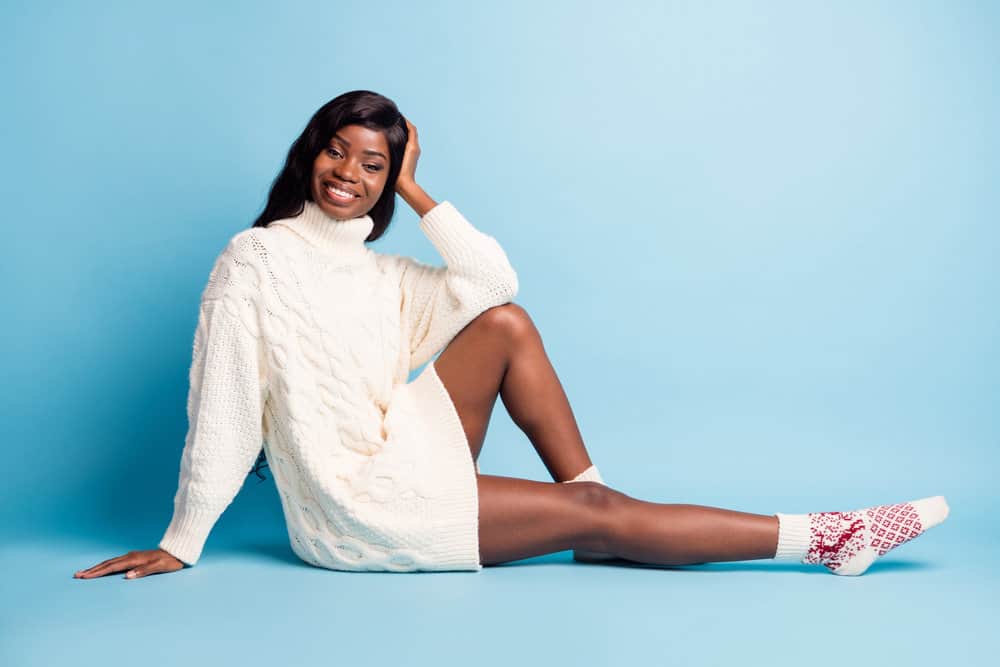
Which Wig Density is Best, 130% or 150%?
With all that understood, you might be wondering which density is best between 130 and 150. The answer to that question 100% depends on your personal preferences.
If you’re looking for a wig that looks natural and undetectable, you should go with 130% density. It’ll be best for that purpose. But if you’re willing to sacrifice a touch of naturalness for a little more fullness, the 150% density will fit you best.
Can You Make a 130% Wig Look Thicker?
What if you bought a 130% density wig and realized that it’s not thick enough? Are you stuck with a wig that’s too thin? Not necessarily.
There are ways to make the wig look a little thicker, and here they are:
- Backcomb the wig. Backcombing is a volumizing technique where you use a specialized teasing comb to add height to the roots of the hair. You may have seen this technique used on natural hair, but you can also use it on wigs. Choose a few sections near the crown of the wig, backcomb them, and then finish things off with a flexible holding spray.
- Color the wig darker. The lighter you color a wig, the thinner it will look by default. You can achieve the opposite effect by coloring your wig darker. If your wig is currently blonde, think about dyeing it dark brown or black. You’ll instantly realize your wig looks thicker than before.
- Trim the wig. Hair strands naturally thin out as you go from the roots to the ends, and that’s why when you get a trim, your hair looks thicker. Getting rid of the thinner portions of the hair at the ends leaves you with thicker-looking strands by comparison. If you want to make your 130% wig look thicker, pull out your hair-cutting shears and get to work!
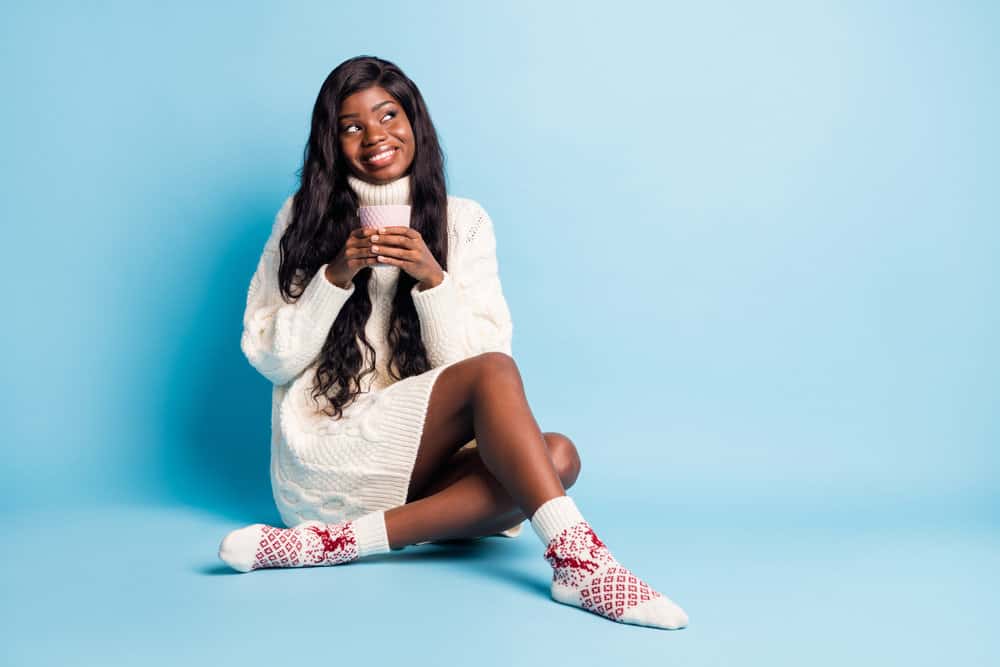
Can You Make a 150% Wig Look Thinner?
You can definitely make a 150% wig look thinner and achieve a slimmer wig profile by straightening the hair or smoothing pomade on the roots. After, you can put on a silk or satin scarf to smooth things out further.
But that’s not all! If you’re super serious about thinning the wig out, you can pluck some hairs here and there with tweezers or remove a weft or two. A strategically layered cut with razored ends can also help you make the wig look thinner.
If you're not confident in your ability to alter your wig, it may be your best bet to let a hairstylist work their magic on your unit. They not only have the skills to thin out your 150% wig like a pro, but they have the right tools to do so.
- 150 Density Wig vs. 180 Density Wig
- Is 150 Density Hair Good?
- What Is the Density in Wigs?
- Best Wigs for Black Women
So, there you have it–everything you need to know about what makes 130% and 150% density wigs different. We hope you found all the information you were looking for, and we wish you the best as you choose your next wig!


